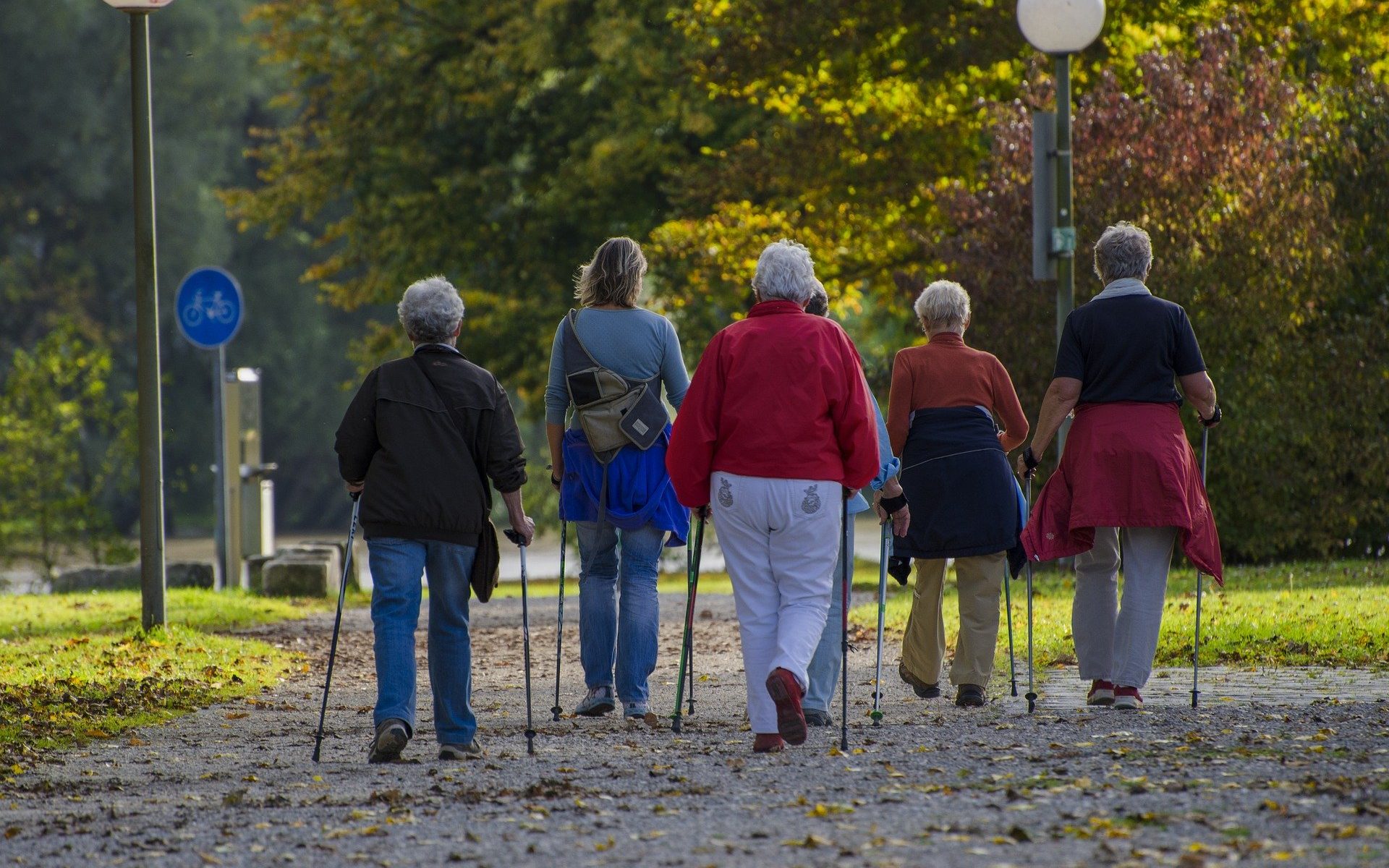Organising a walkabout or community street audit can expose local issues and opportunities. These activities can be done with specific groups, such as children or older people, that may otherwise be hard to reach.
The Community Street Audit method was designed by Living Streets and is comparable to other survey methods where planners or researchers walk through a neighbourhood with residents to discuss and record perceptions.
Living Streets define their audit tool as ‘a way to evaluate the quality of streets and spaces from the viewpoint of the people who use them, rather than those who manage them.’(1)
In Glasgow, Scotland a Community Street Audit was undertaken in Calton by Living Streets. This audit was part of a larger healthy urban planning project and focused specifically on walking.
Residents were concerned about safety issues, a poor built environment and the poor quality of the neighbourhood generally. Although walking was the main form of transport for residents, the area had the lowest levels of physical activity in Glasgow’s Smarter Choices Smarter Places Programme.
The Calton area was not far from Glasgow city centre, yet residents did not want to go into the centre to access most activities and services. More detailed findings uncovered issues with pedestrian facilities such as crossings, pedestrian priority (length of crossing time), legibility, local traffic speeds, accessibility, maintenance, crime and safety.
The report also explored assets that could be further developed or improved (such as a disused church that could be a café or community centre) for use as local social destinations.
The findings from the audit were intended to inform the council’s local development framework. A senior planner from the council was quoted as saying:
‘The response to the Street Audit has been positive and we have obtained funding to deliver ‘quick wins’ in the area. The final report is proving a very useful document for attracting funding and justifying spend in the area.’(2)
Further information
(1) Living Streets. Calton: Unlocking the potential – A report of a Community Street Audit for Glasgow City Council. 2011.
(2) Glasgow Equally Well Test Site: Integrating Health and Urban Spatial Planning. 2012.
The information above is summarised from a report on Healthy Planning and Regeneration: innovations in community engagement, policy and monitoring.

